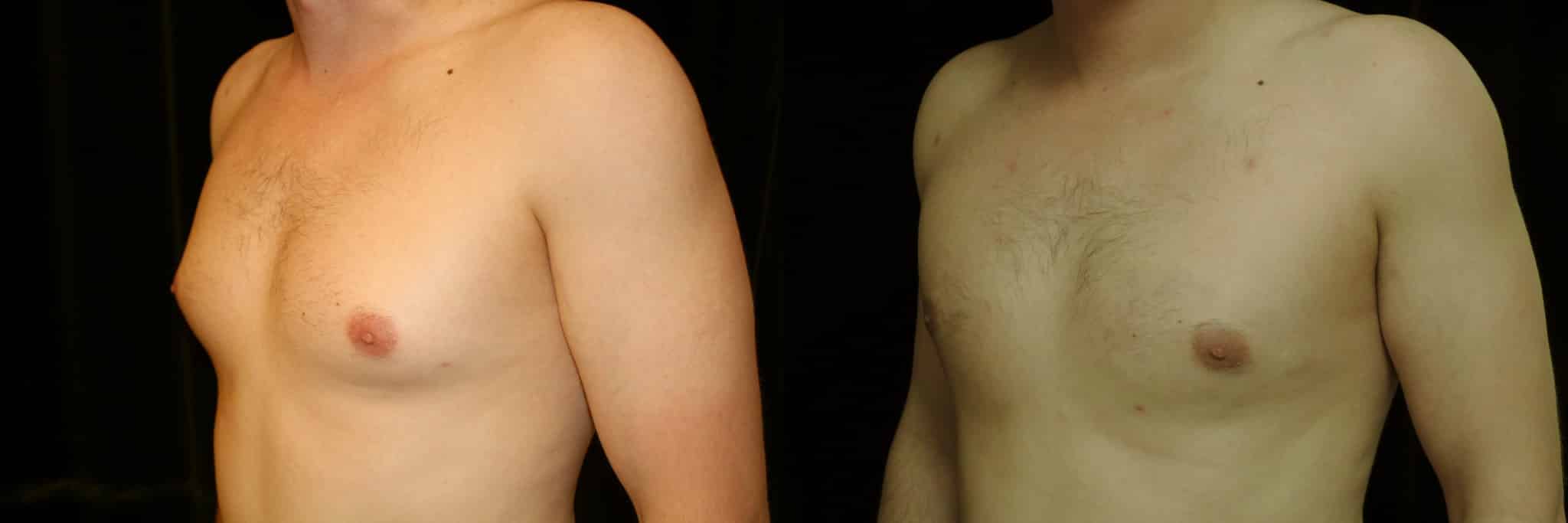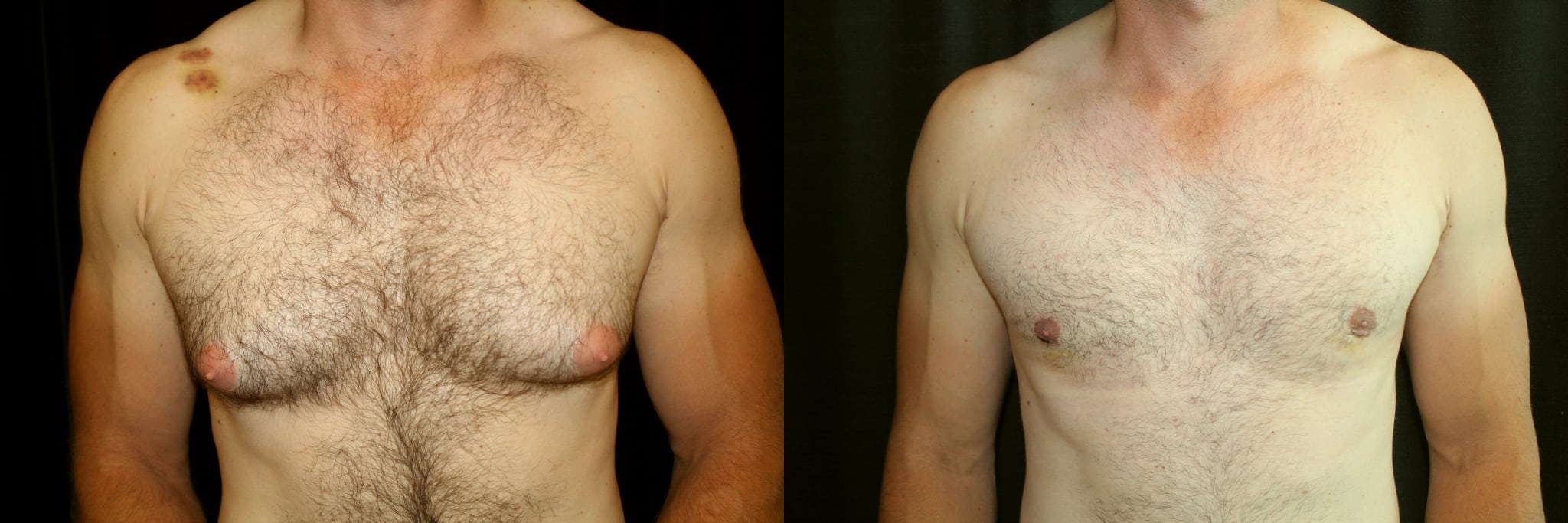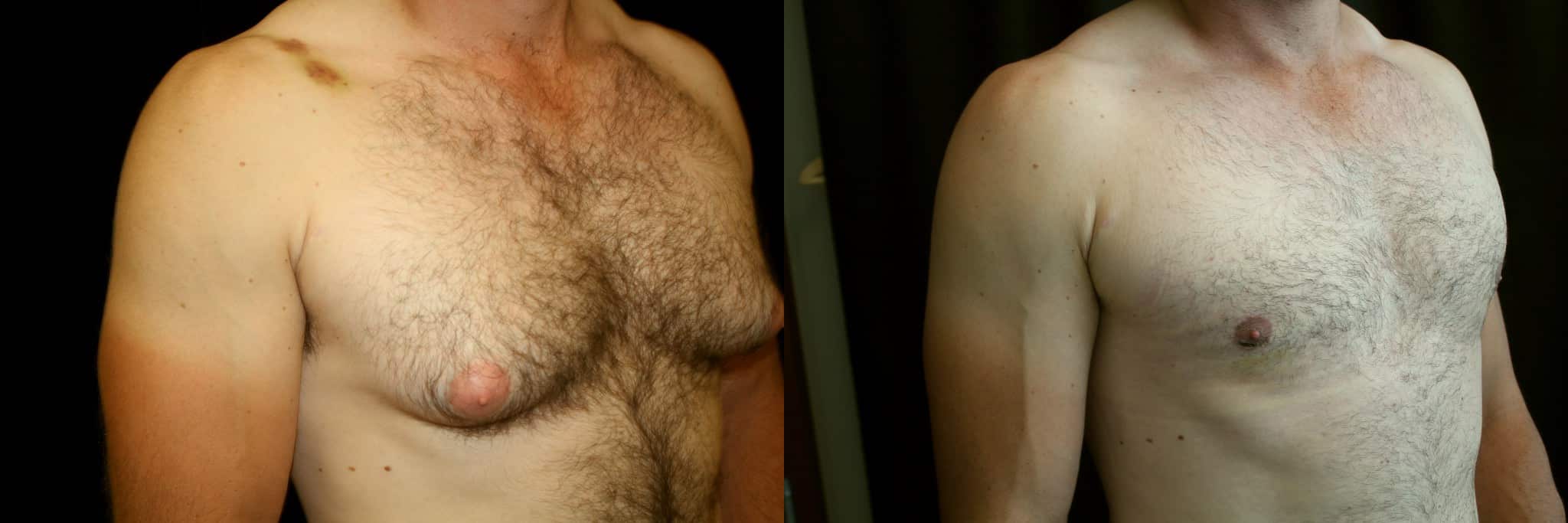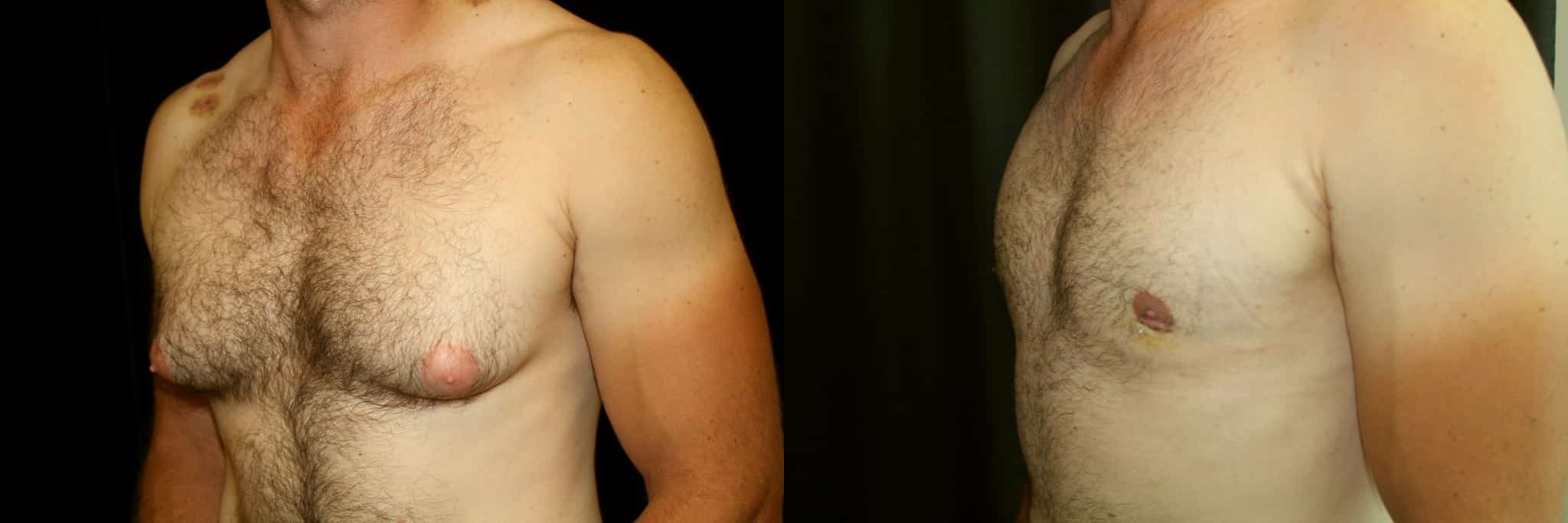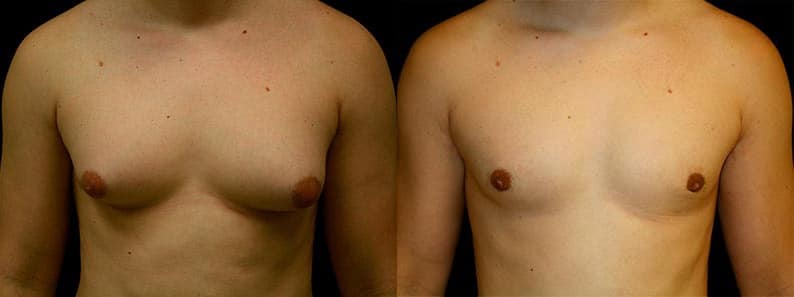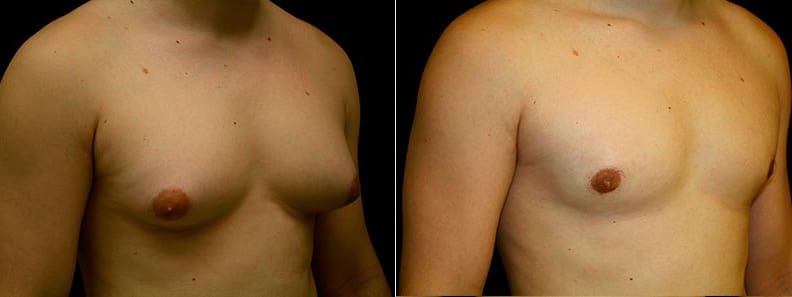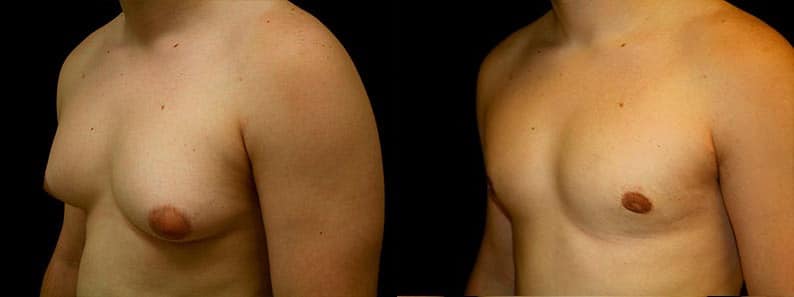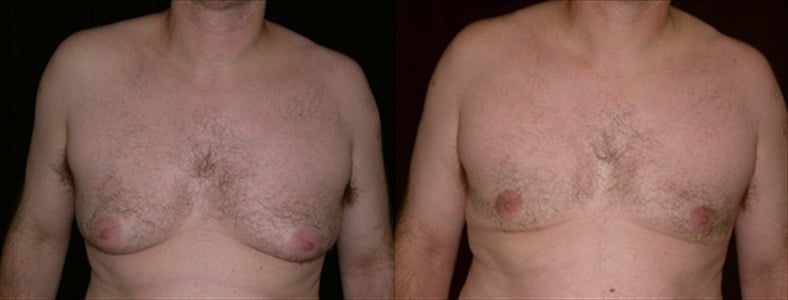Quick Links
Gland excision is the most common treatment for gynecomastia performed by Dr. Delgado and is often incorporated in all types of male breast reduction surgery. Gland excision is necessary for an effective treatment since removing the excess breast tissue is the only way to permanently reduce large male breasts.
What is Gland Excision?
Gland excision is a surgical procedure for the removal of glandular breast tissue, the root cause of gynecomastia. Some or all of the breast glands will be removed to create a more contoured, masculine-looking chest. Dr. Delgado will examine your chest and evaluate the progression of your breast enlargement to determine how much tissue needs to be removed. His decision may also be based on whether he is performing surgery to correct adolescent or adult gynecomastia.
Gland excision is included in all types of male breast reduction surgery, except for the treatment of pseudogynecomastia. This condition is different than true gynecomastia because it is caused by excess fatty tissue and can be treated with liposuction alone. If you have minimal excess breast tissue, you may be able to receive surgery with the pull-through technique which only requires a few small incisions. For more severe cases, a mastectomy with a free nipple graft or the two-stage procedure may be necessary to remove all the glandular tissue and effectively correct gynecomastia. Gland excision can be combined with liposuction to remove excess fat in patients with severely enlarged male breasts who want to regain their natural contours.
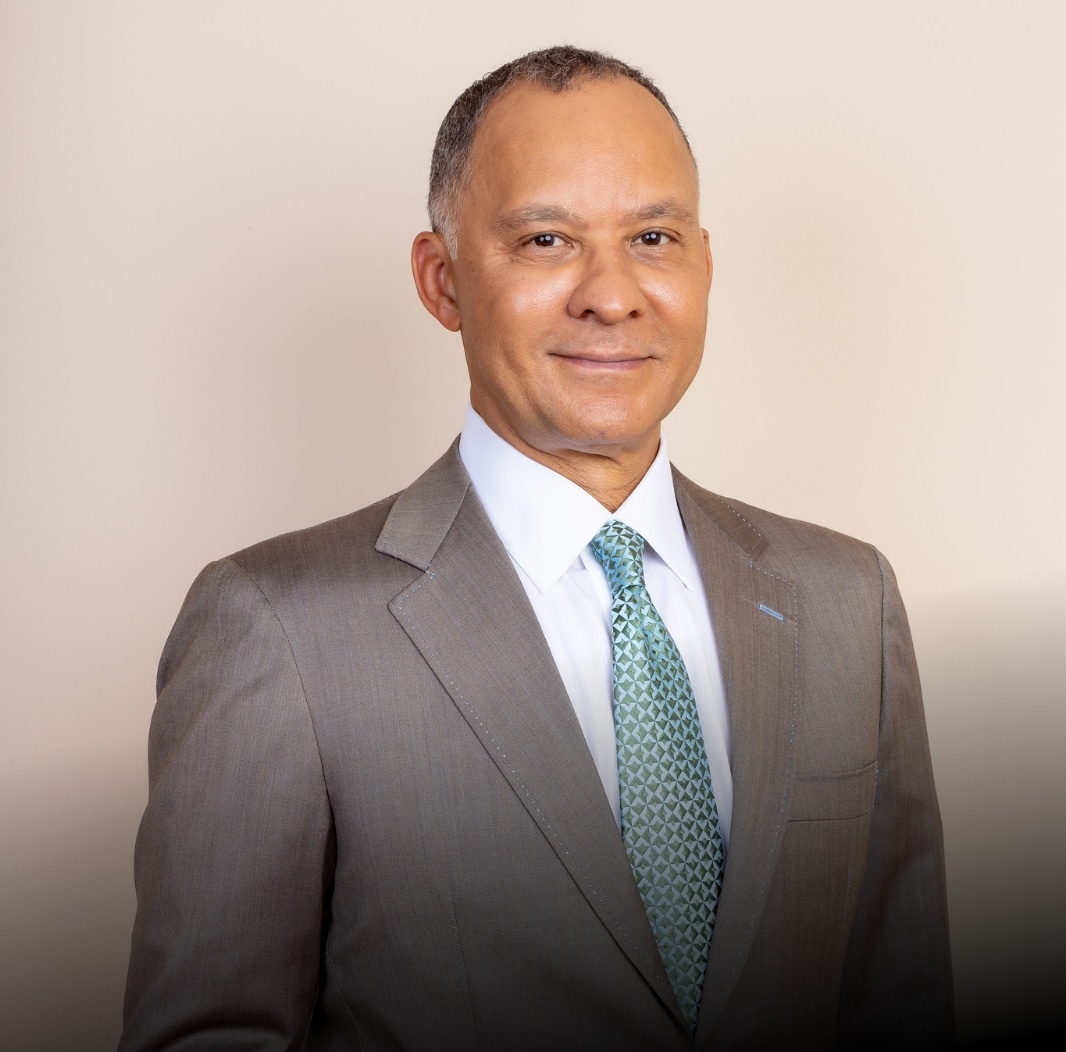
Meet DR. DELGADO
Board-Certified Plastic Surgeon
Dr. Delgado is an award-winning gynecomastia surgeon with 30+ years of experience treating some of the most complicated cases of male breast growth around the world. He is also the owner and operator of Gynecomastia.org, the largest gynecomastia forum in the world that has the goals of educating, supporting, and offering guidance to those men and families affected. Dr. Delgado is an expert in the field and donates his time toward both the treatment of gynecomastia and the advocacy of education in the surgical community.
VIEW FULL BIOWho is a Candidate?
Men and young boys will enlarged breast tissue are candidates for gynecomastia gland removal. Dr. Delgado will discuss your surgical options in more detail to determine the best and most effective option for your condition. If your large breasts are the result of fat buildup (pseudogynecomastia), a gland excision may not be necessary. Instead, fat can be lost through natural weight loss means or a liposuction procedure.
Gland Excision Procedure
Gland excision is usually performed as an outpatient procedure under general anesthesia. During your surgery, you will be sitting at an 80-degree angle to mimic how your chest will look when you are standing, which is generally how you will be observed by yourself and others. For 75-80% of cases, an incision is made at the bottom half of the areola, but this incision may have to be extended around the nipple, to the bottom of the breast fold, and/or toward the armpit area for more severe cases. The skin is elevated from the underlying glandular tissue and fibro-fatty tissue layer. Specialized scissors are used to remove the enlarged male breasts and sculpt the remaining fibro-fatty tissue. Dr. Delgado is aggressive during this stage since removing more of the glandular tissue lessens the chance of gynecomastia returning, but he is also careful to make your chest contour as perfect as possible.
Once the excess glandular tissue and fat are removed and excess skin is trimmed, a drain will be inserted to create negative pressure in the open space and eliminate fluid buildup (a seroma). If a seroma does develop, the fluid will have to be removed using needle aspiration. Once your drains are in place, special dressings and a compression garment will be fitted around your chest. You will then be taken to a recovery room where you will continue to be monitored as the anesthesia wears off.
Surgical Recovery
Recovery time from gland excision may vary depending on how much tissue was removed, therefore how complex the procedure was. Generally, most patients can expect their incisions to heal within the first few weeks but swelling can take several months to go down. You should wear your compression garment at all times (except showering) for six weeks after surgery to reduce swelling.
Out-of-town patients will be asked to stay at a nearby for at least five days after surgery since this is a crucial time in the recovery process when complications are most likely to occur. Dr. Delgado wants to make sure you are close by so that he is readily accessible if you do have questions or concerns. You will also be required to come back 2-3 days after surgery for a post-op appointment to remove the surgical drains.
Risks and Complications
Excessive bleeding and a bad reaction to the anesthesia are the most common risks in any cosmetic surgery but Dr. Delgado and his team have the experience necessary to minimize these risks. Only 5-6% of their patients have issues with bleeding because of recent improvements in the surgical techniques used. Make sure to follow all the instructions and tips in your gynecomastia surgery guide so that you can have a successful recovery and great results.
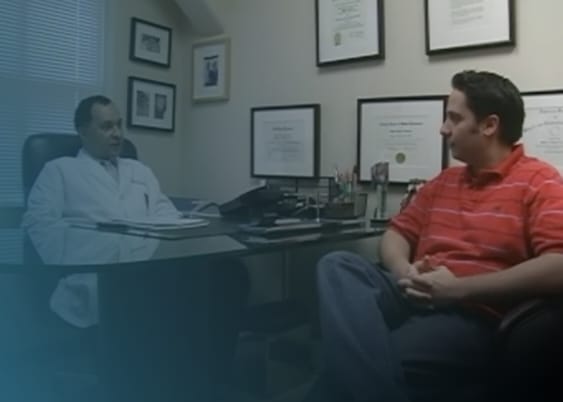
The Story of Three Men
 Featured Blog
Featured Blog
Gynecomastia Around the World
San Francisco, CA-Men who have quietly suffered for years with female type breasts, known as gynecomastia, are surprised to discover how many men have the same condition also known as moobs and man boobs. Information now readily available on the internet educates men about gynecomastia that only a few years…
View PostWhy Choose Dr. Delgado?
Dr. Delgado is dedicated to compassionate, comprehensive care. The health of his patients is most important but he also understands that gynecomastia surgery can greatly improve self-confidence for men afflicted by this condition. Dr. Delgado has treated some of the most severe cases of gynecomastia and will tailor your procedure to the amount of excess breast tissue you have and your cosmetic goals. Gland excision is a fundamental part of gynecomastia surgery and it can be incorporated into techniques like the two-step procedure that Dr. Delgado developed himself for patients with severe gynecomastia.
Schedule a Consultation
Men with enlarged breasts that are continuing to grow or will not reduce with exercise should schedule a consultation with Dr. Delgado. He will assess your condition at your initial consultation and help you determine whether you have true gynecomastia and require a surgical gland excision.


